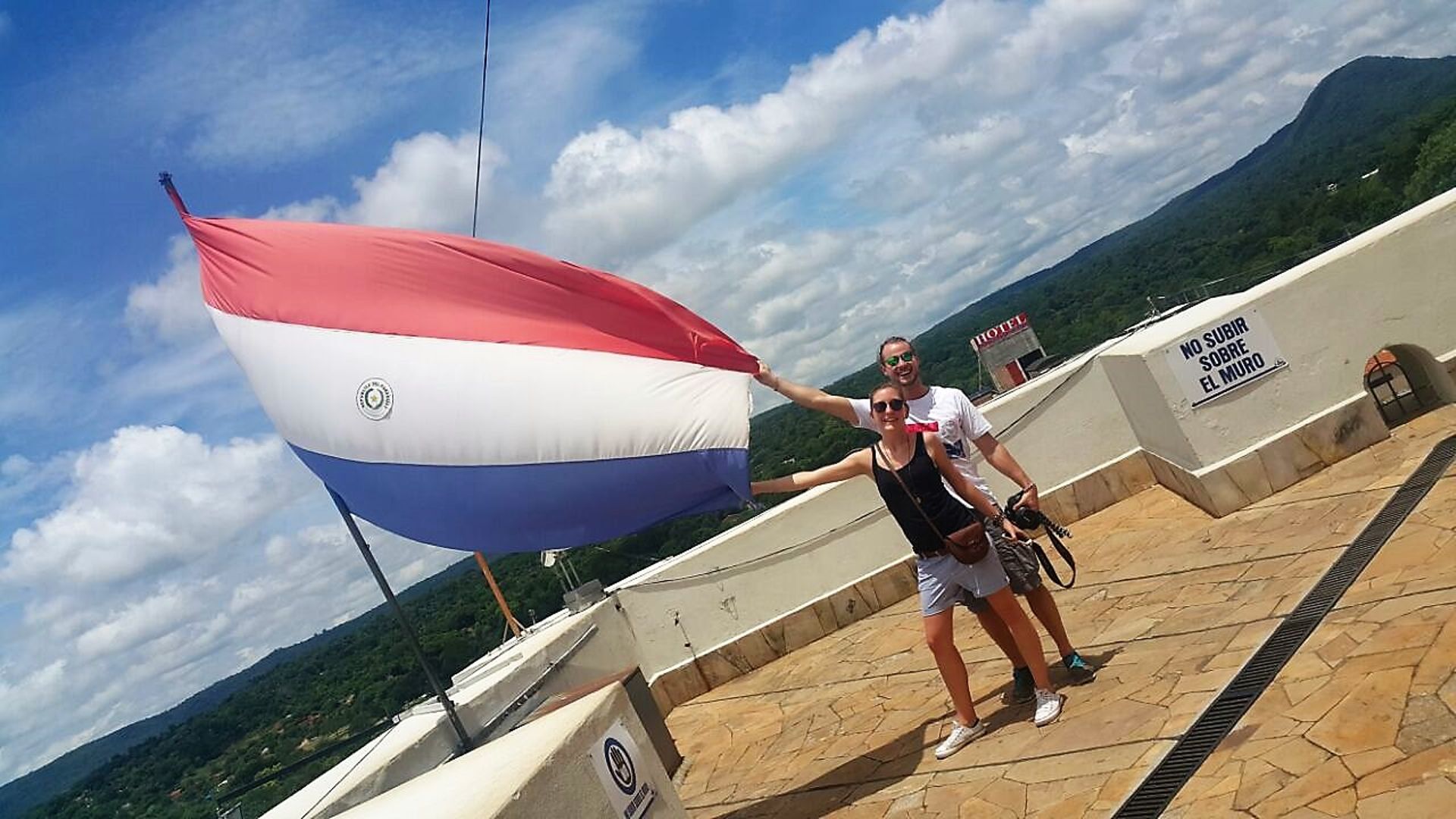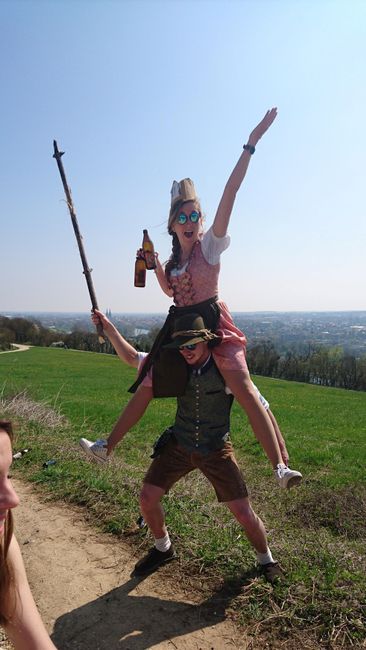Potosí and the rich mountain
प्रकाशित: 21.05.2018
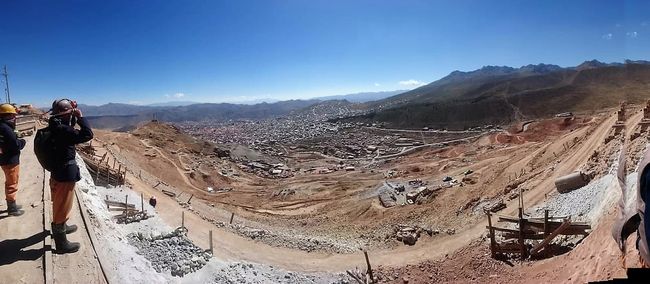
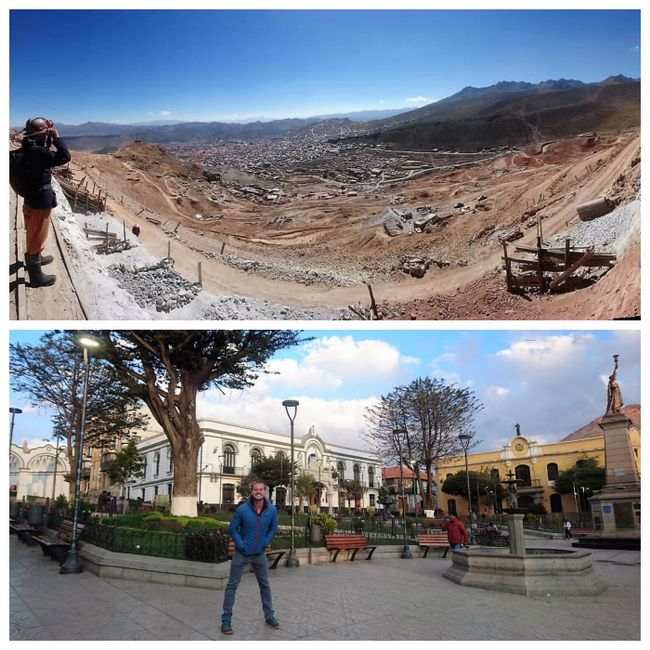
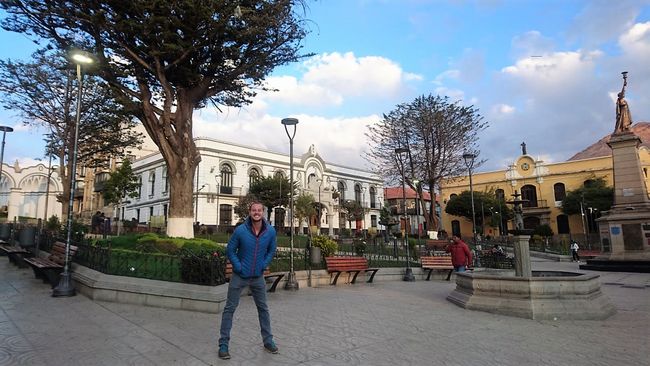
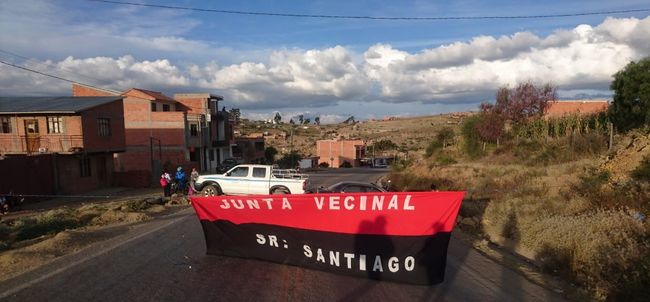


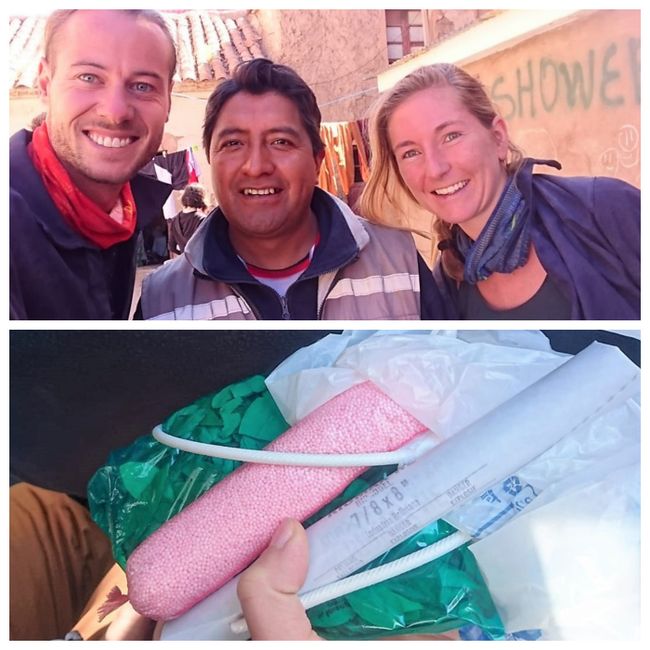
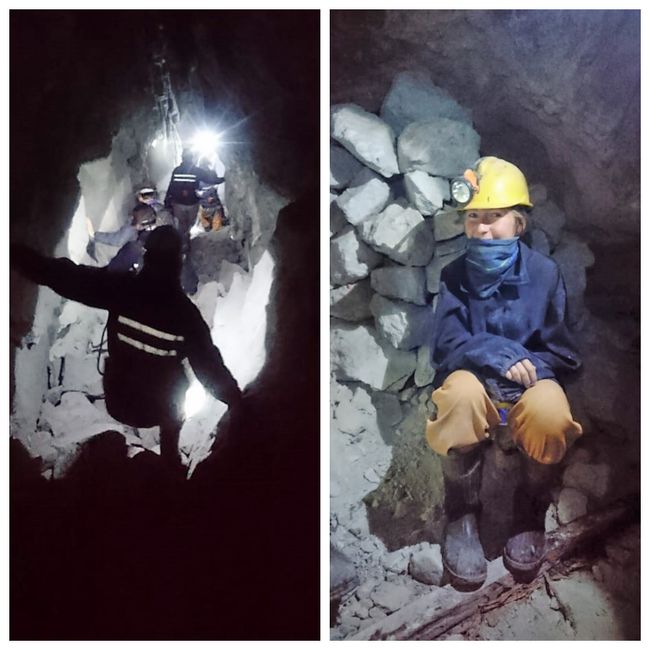
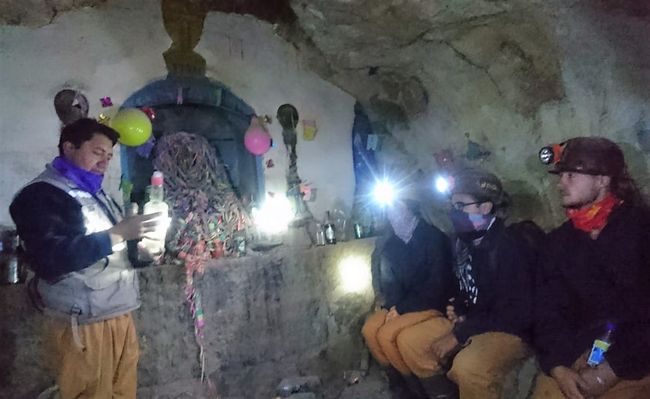
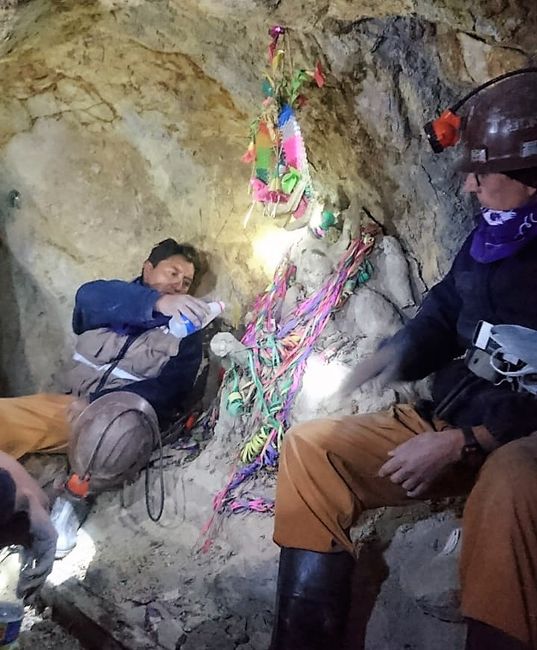
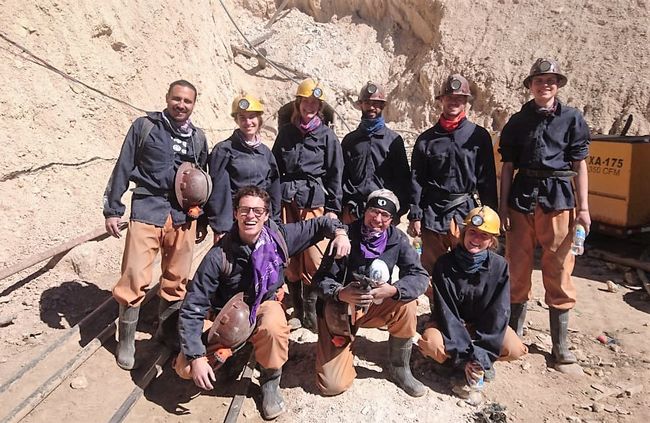
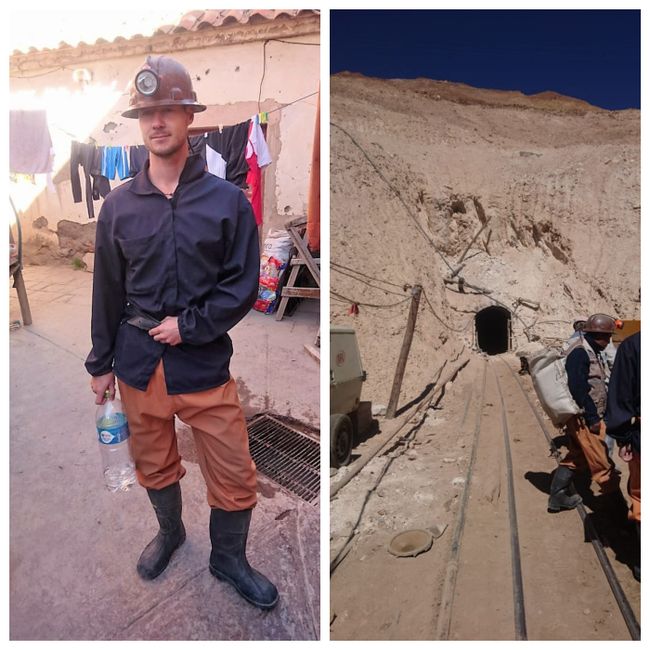
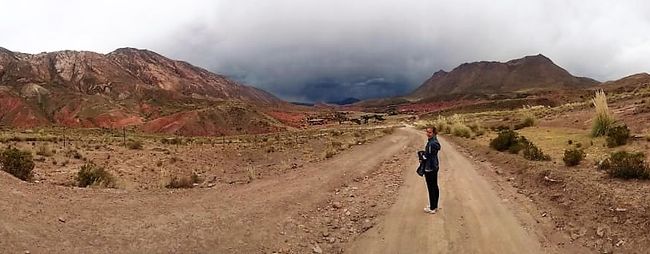
समाचारपत्रको सदस्यता लिनुहोस्
Decided last-minute to meet Hansi's dad and sister in Bolivia before they would accompany us to Asunción. Took a week off and got on a plane on Saturday. After a long day of travel, our first destination was Potosí, a city in the Andes at an altitude of just over 4000m.
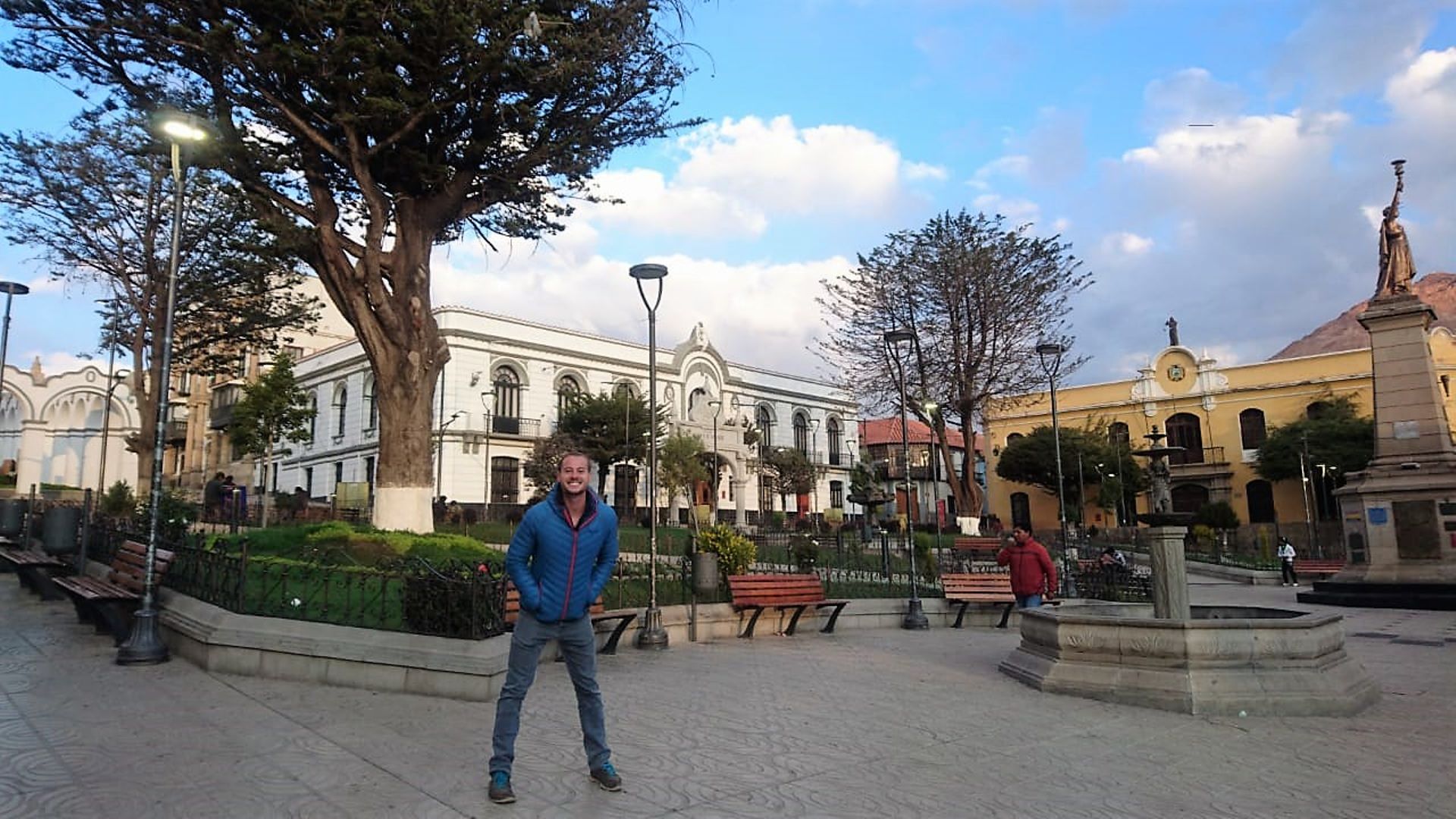
The central square of Potosí
A bit of background: Potosí is known and notorious for its silver mines, on the Cerro Rico (rich mountain). From the 16th century, Spain financed its entire empire with the silver from there. In its peak exporting times, Potosí was one of the most populous cities in the world, on par with London and Madrid. All this wealth was, as often is the case, built on the suffering of many exploited workers, of whom 15,000 are said to have worked in the mines every day. Up to 8 million miners are said to have died here in all the years since the first silver was found.
"The mountain may spit out silver, but it devours people" - Quote
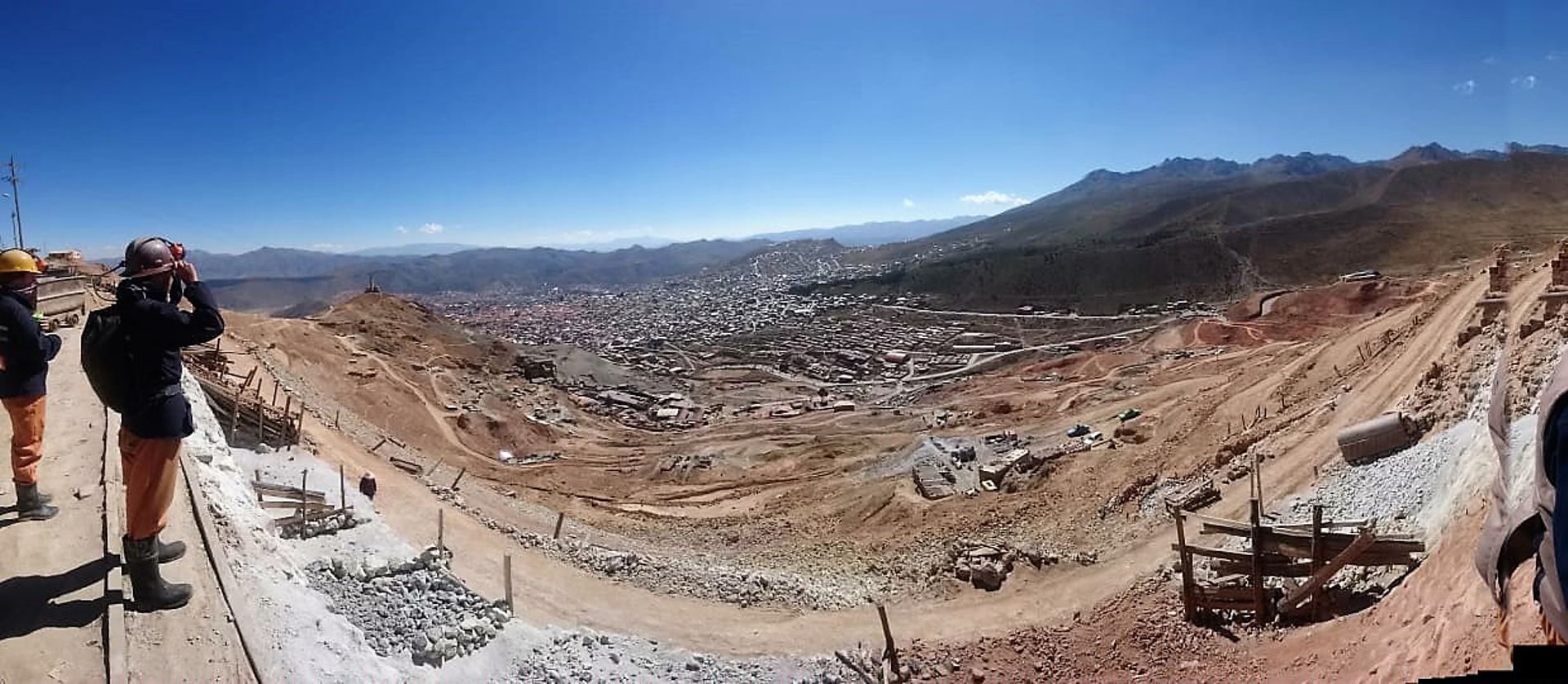
Our first roadblock
Two flights and a bus ride were supposed to take us to Potosí in one day, but before said bus ride, there were general strikes and roadblocks at our transfer location - or should we say FROM our transfer location? Actually, the city (Sucre) blocked itself to send a message against what were probably unfair economic machinations regarding the natural gas trade with Santa Cruz :D When we walked out of the small airport building, we were greeted by an empty parking lot; no sight of taxis or buses far and wide. Only two young fellows with their battered vans offered us a ride into the city, and as we drove through rough back roads in the picturesque highlands, they told us about the situation. Occasionally, we had to clear barricades made of cacti out of the way...
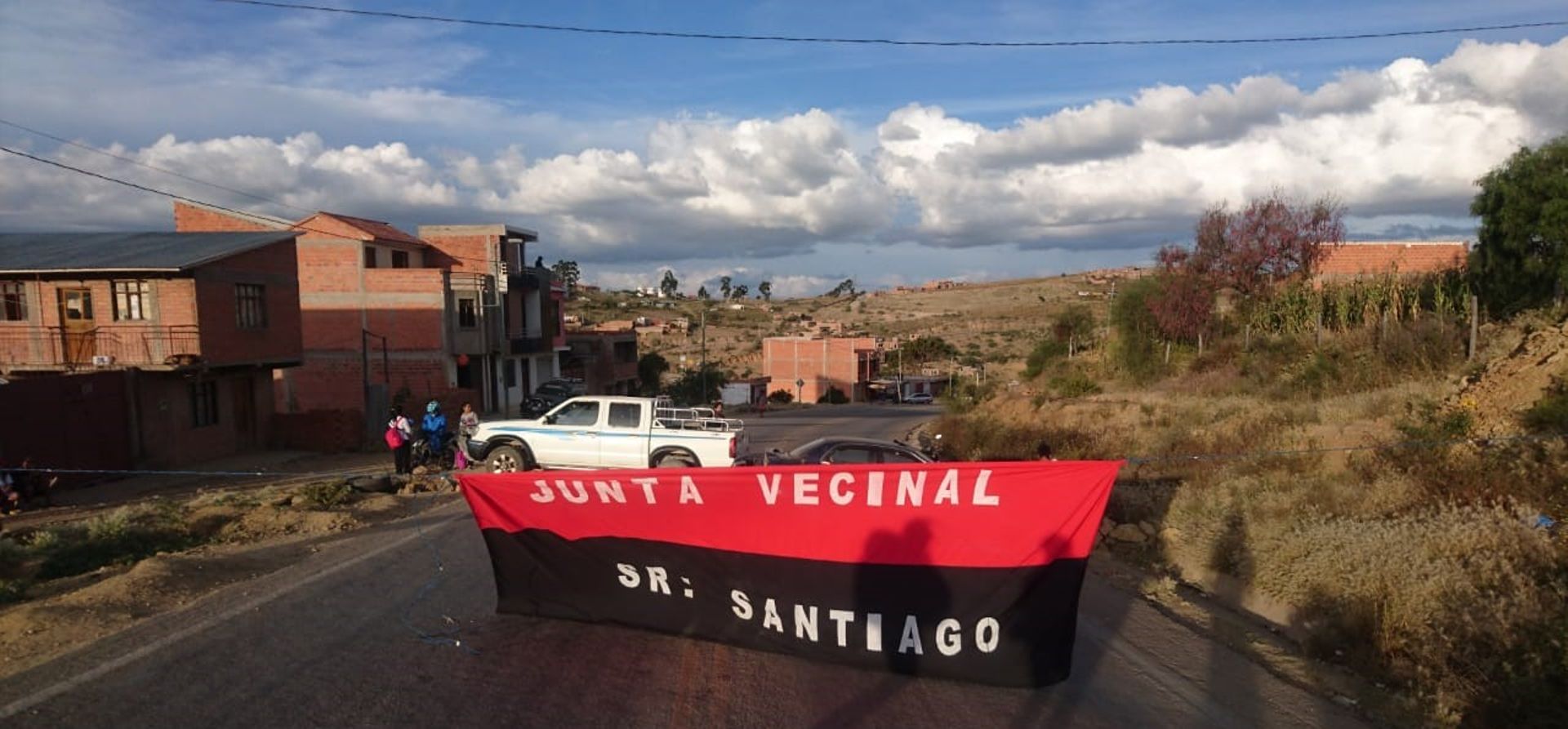
Our first roadblock
He could only take us about 5km before the city center, so we continued on foot from there. We passed one roadblock after another, made up of everything imaginable. Outside of the suburbs, they consisted of stones, cacti, earth, and car parts, but as we got closer to the city, people became more creative and added tricycles, baby carriages, and more efficient means such as cars and buses. The people didn't seem to be impressed by all of this, on the contrary: the children played on the street, barbecues were set up on the sidewalk, and the strike was used as an opportunity for a big street party, with us in the middle with a rickety suitcase :D
Three minutes before the bus's departure and 4 hours after landing, we arrived at the bus terminal, only to find that it was closed and that the coaches had blocked the surrounding streets. Due to a lack of alternatives, we got into a "taxi" (of course at an exorbitant price) and wandered through the streets in search of a clear route. It turned out to be the worst taxi ride of our lives. Nobody has ever raced on narrow serpentine roads at night like this asshole....
Here's a picture of what it was not like:
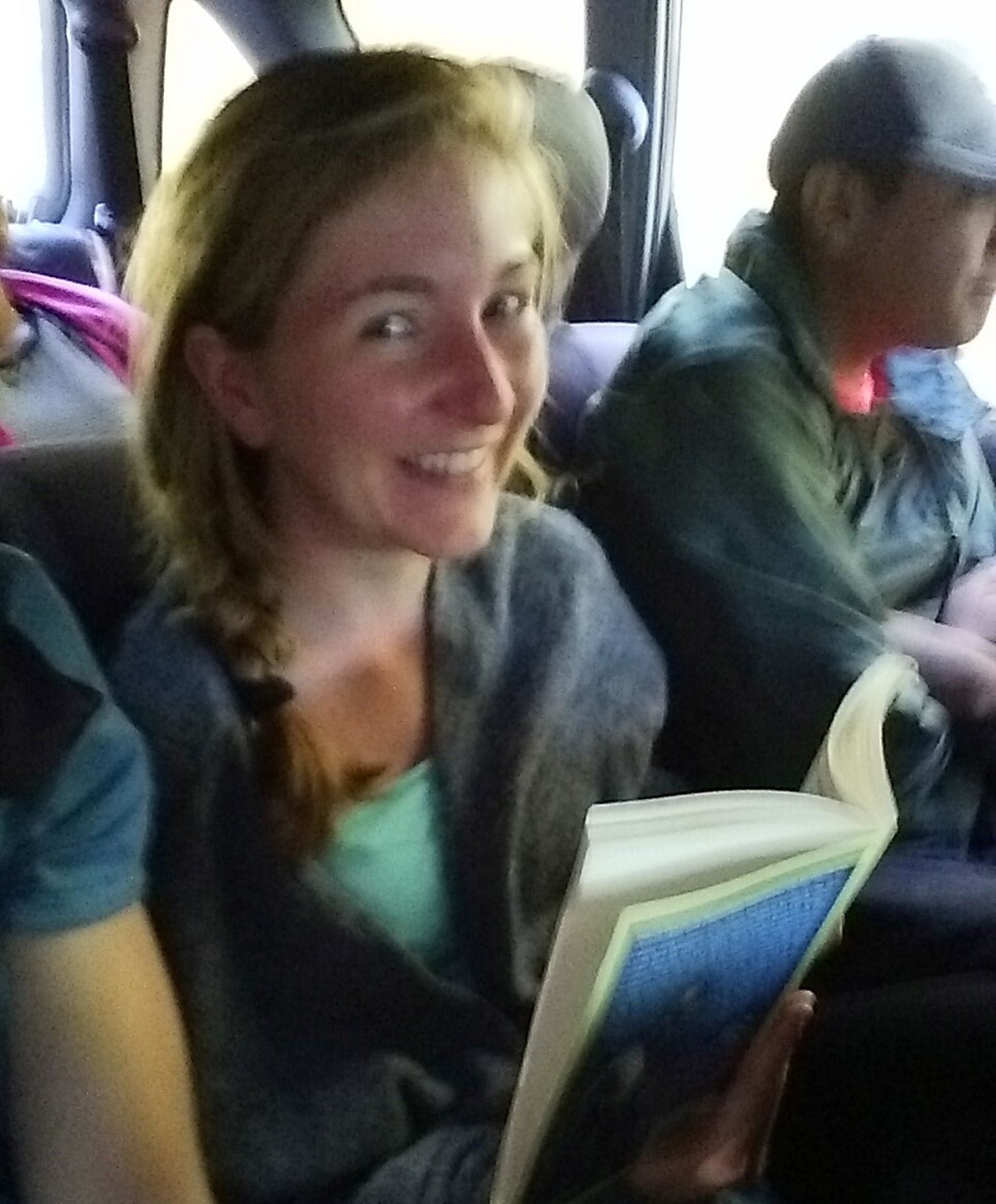
After a four-hour hell ride and a lack of acclimatization for the 4000m altitude, we felt accordingly bad, and after a short trip to the pharmacy for colorful pills for Ari and a greasy hamburger for Hansi, there was nothing more on the agenda for today. (Parts of the team couldn't even go to the pharmacy) The next day, instead of climbing to over 5000m (what were we thinking :D), we walked through the city, enjoyed the sun, ate at Sunday markets, took a little trip to the surrounding area of the city, and decided to participate in a mine tour the next day.
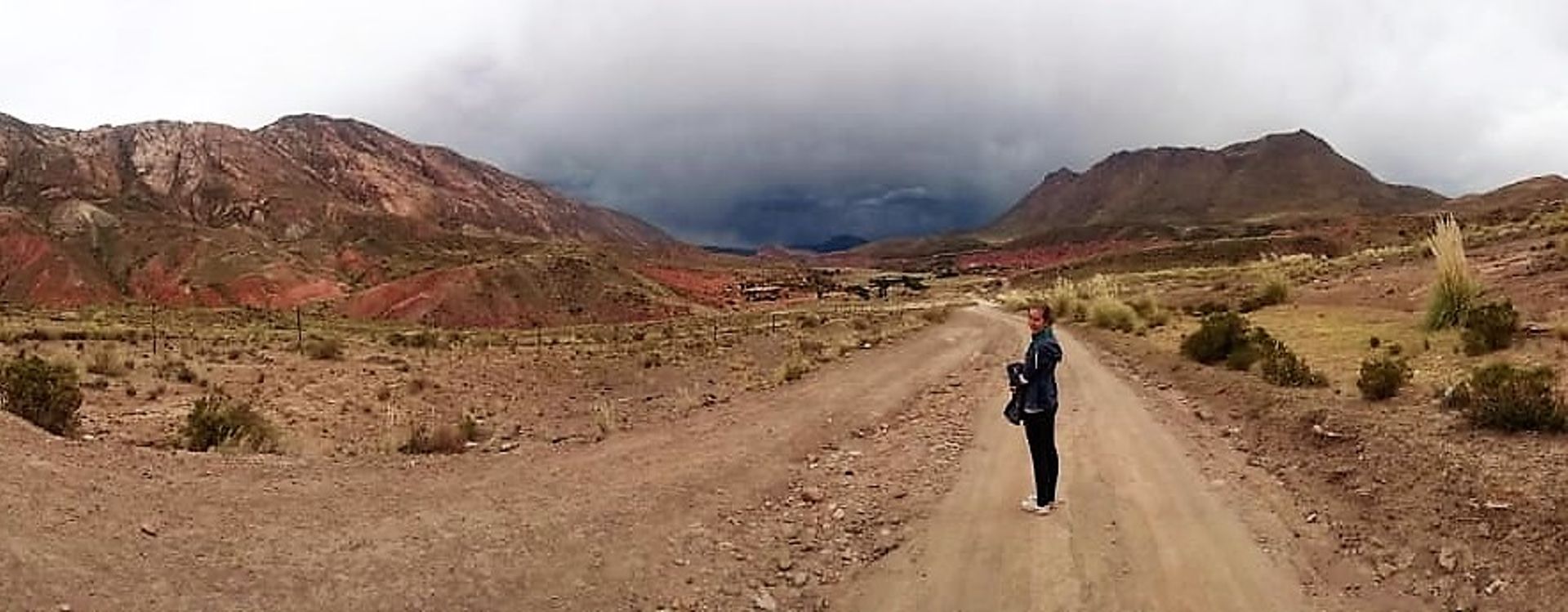
We proudly joined the Spanish guide (formerly a miner), partly because of the smaller group, but mostly because he was a much nicer guy. We were equipped with mining clothing, rubber boots, and headlamps before heading to the "Miner's Market." There, you can buy gifts for the miners: soda, cigarettes, water, alcohol, AND dynamite. Don't worry, it doesn't explode, as the nice guide kindly demonstrated by banging it on the ground :D
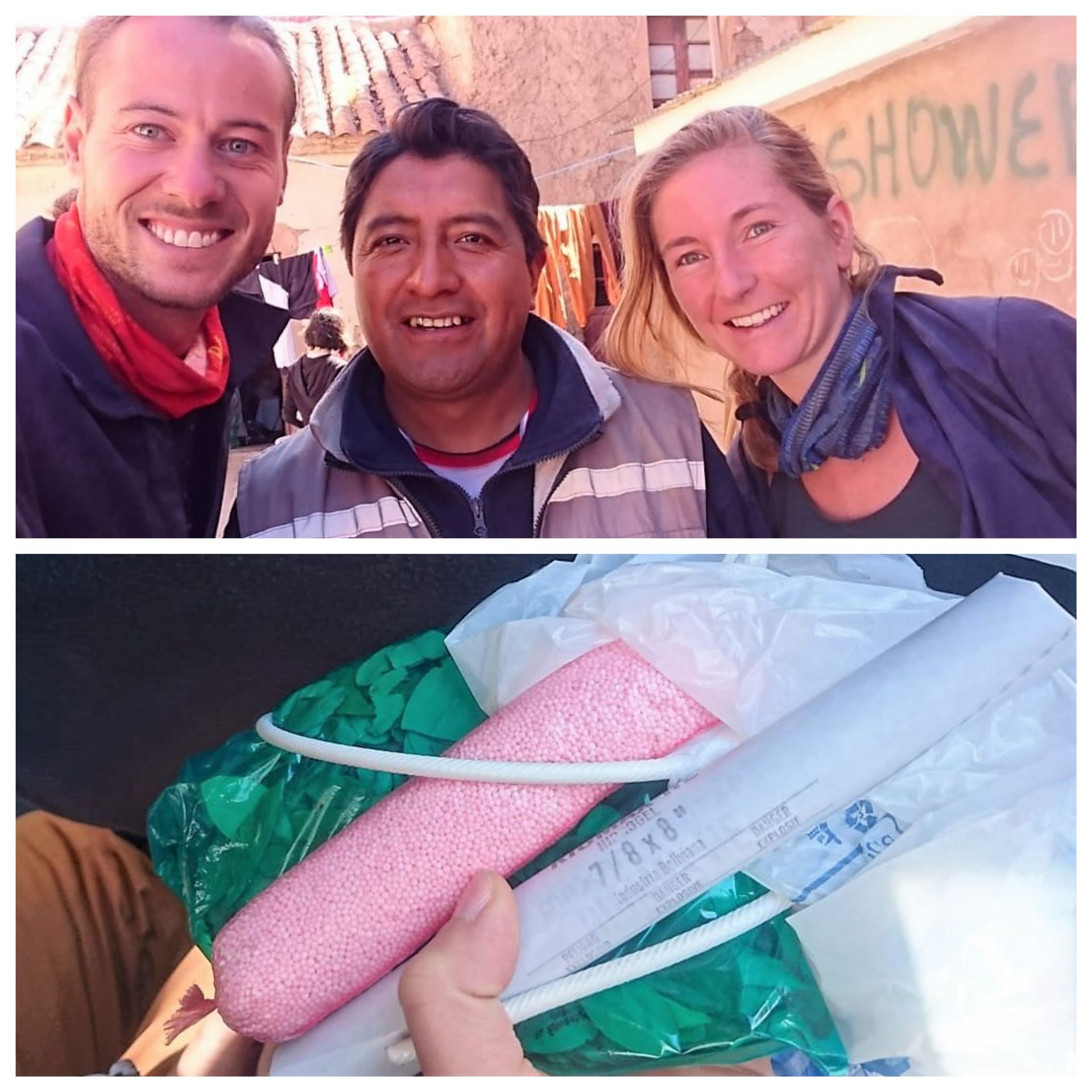
Our guide and legally obtained explosives and drug gifts
During the tour, we learned that not much of the former wealth remains today; the silver is almost gone, and with it, the driving force behind the local economy. The mines still exist, and work continues there under unchanged conditions. The mineworkers have a life expectancy of no more than 40 years, and they often start working in the tunnels at the age of 14-15.
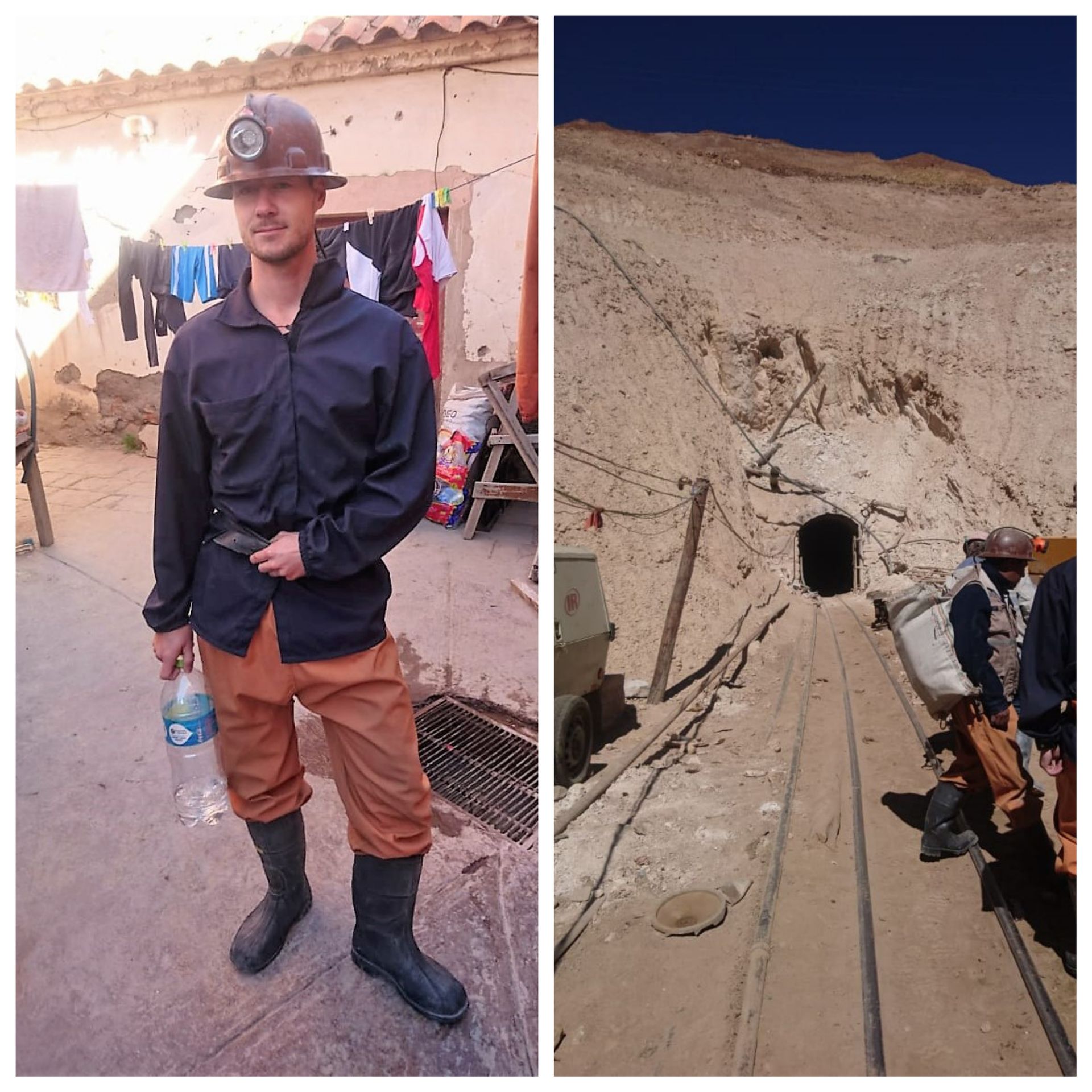
Equipped and ready for the descent into the tunnels
And we got to see that for ourselves. Today, our guide said, there isn't much going on, the miners have a soccer tournament, but we would still see if we could find a few people working. At first, we walked deep into the mountain, with our heads down, while mining carts came thundering past us, pushed by the few workers today; some said their shift would start later :D. The passages became smaller as we branched off, the air became warmer, it was dusty and stuffy. Sometimes we had to cross more than 10m deep chasms balancing on narrow beams, taking the shorter path.
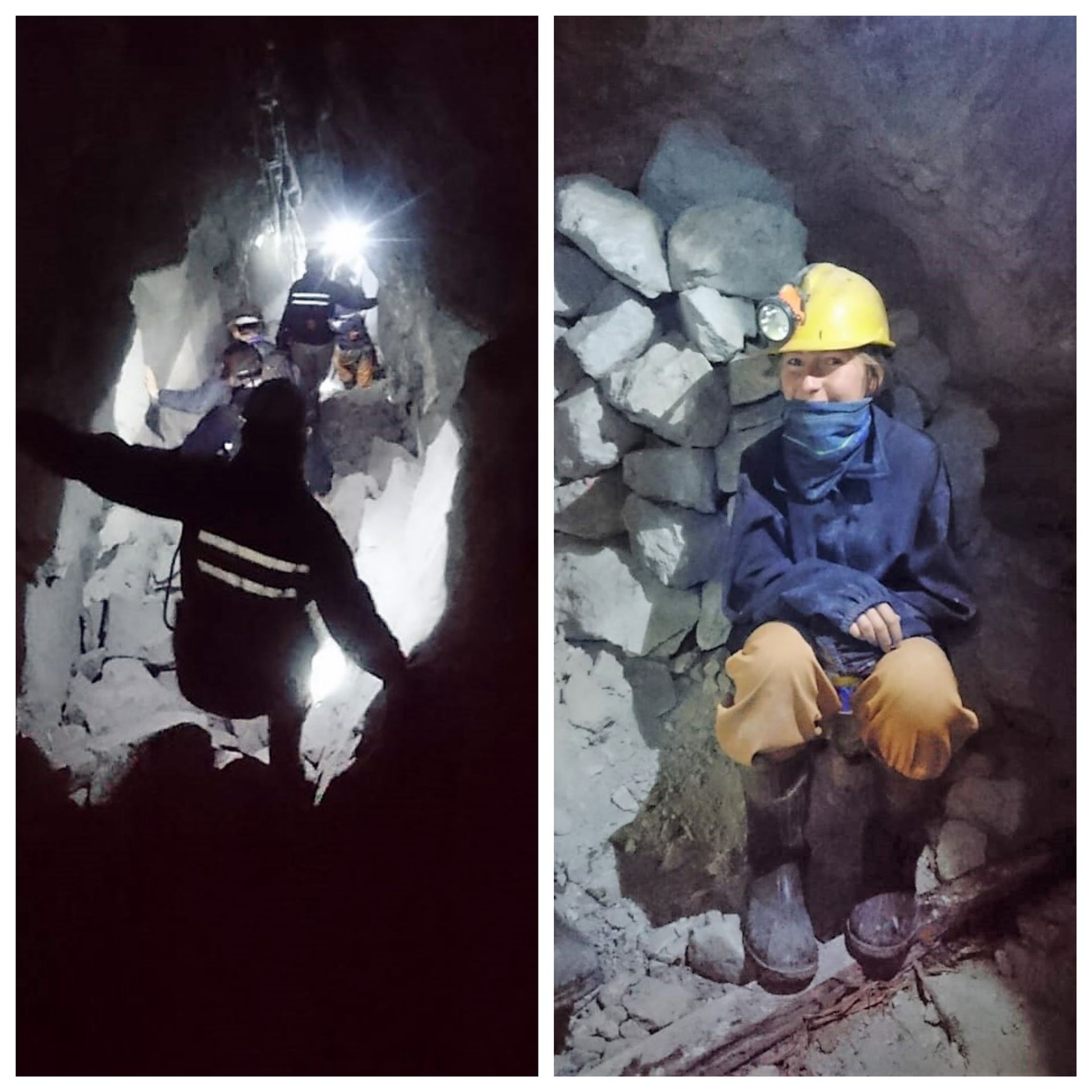
We descended into the depths, where it was narrow and dusty
We took frequent breaks during which we learned a lot about the work and local customs. Our guide had already explained that there is no God in the mine. There is Pachamama, the goddess of the earth. Shrines were specially carved into the tunnel walls for her and other mine deities. They are decorated, and small offerings like coca leaves or cigarettes are left behind, a bit of alcohol is spilled (96%, the bottle says "drinking alcohol" :D), protection is asked for, and then a small sip is taken. You are also sent to this shrine if you are in a bad mood at work. Then, the miner buddies say: something is burdening you, go and talk to Pachamama and leave your worries there. A small sip of schnapps with Pachamama also helps here.
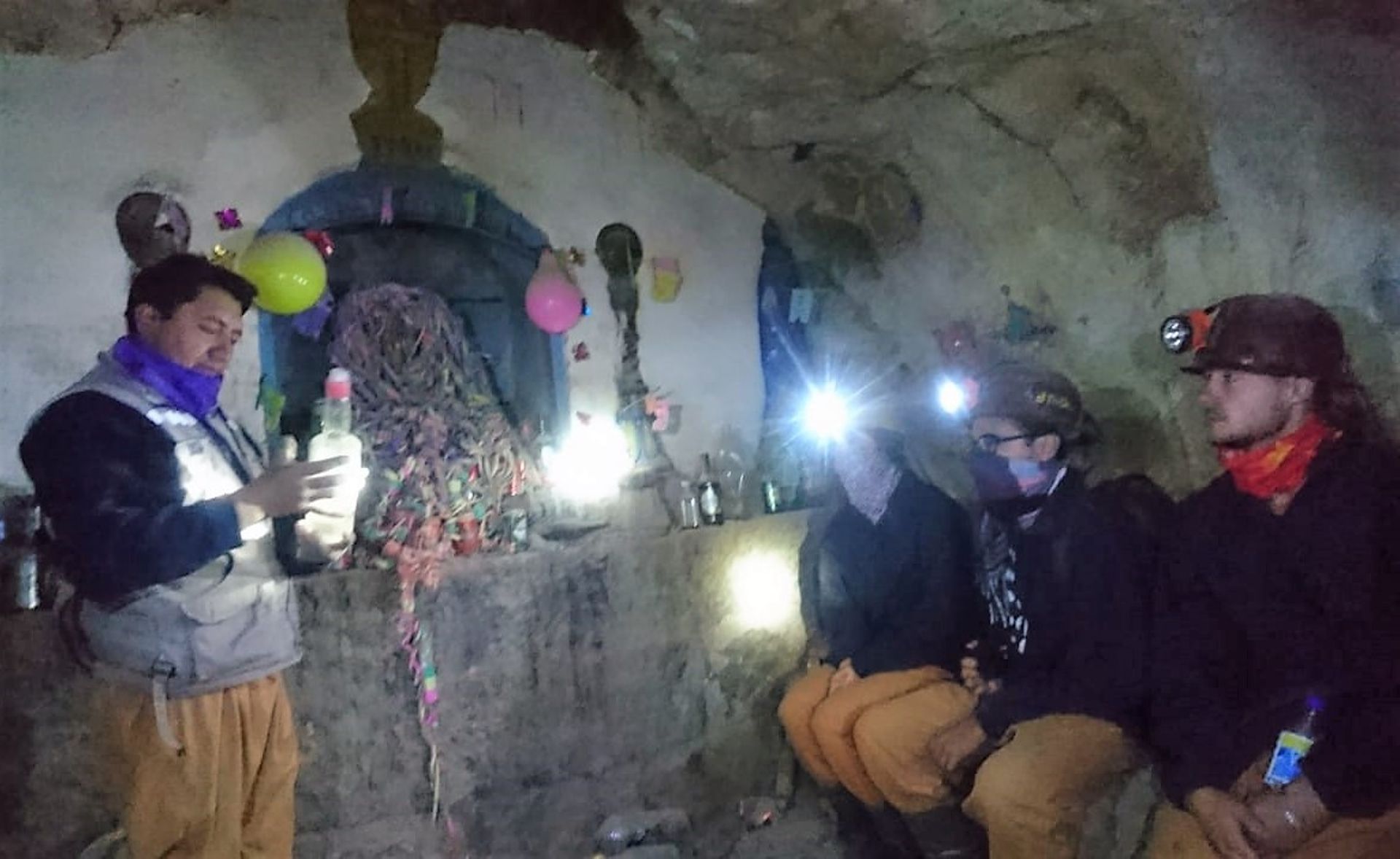
Pachamama shrine
Our last stop on the tour was another shrine with a gray statue with the face of the devil. To ask for protection here, alcohol is not poured on the ground, but over the huge penis of the non-devil god :D
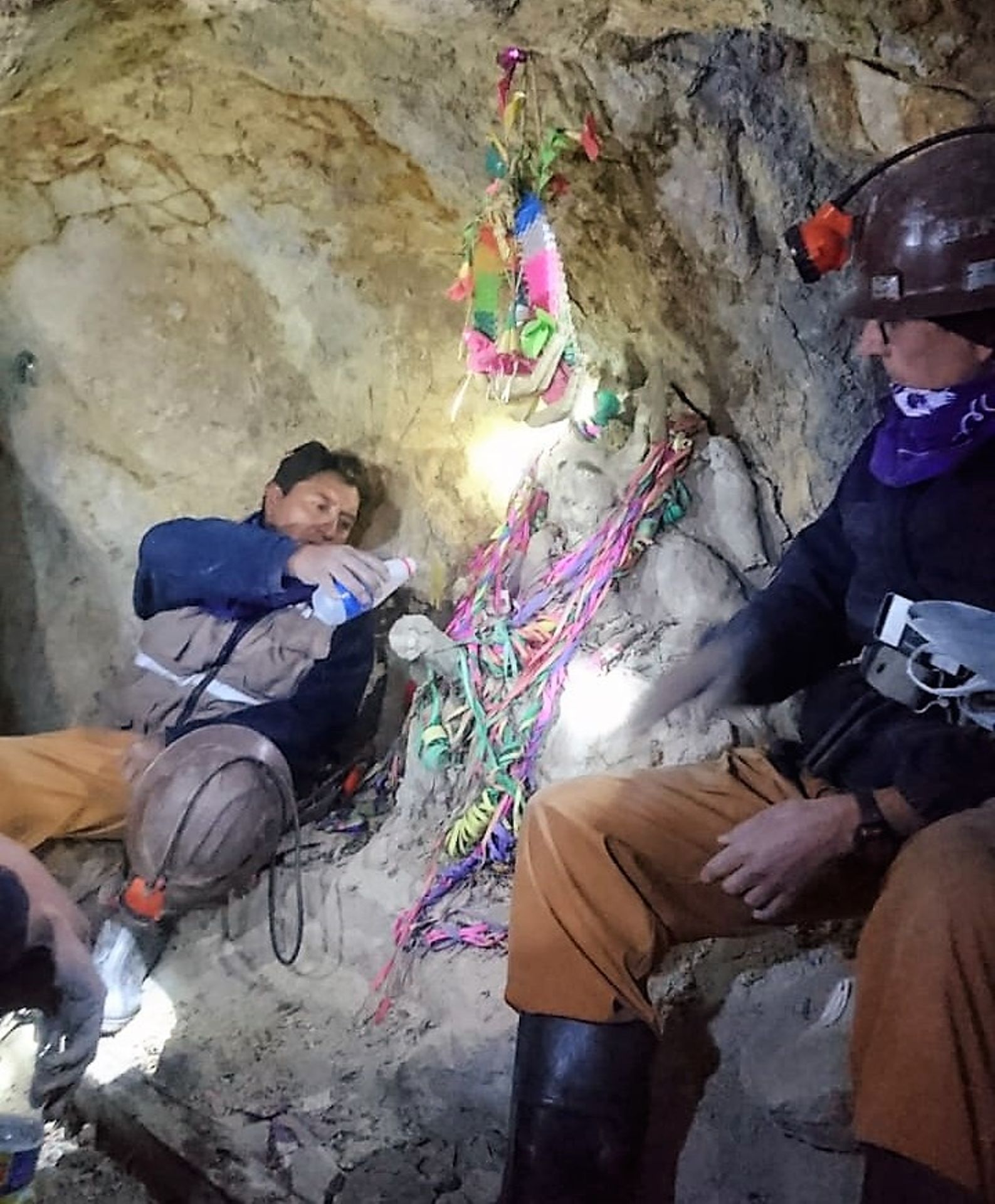
Original recordings of deity homage. By the way, the guy on the right broke the hand of the statue...nice and clean.
If that wasn't exciting enough, we got to experience what dynamite detonations feel like here. NOT good! Until now, we could attribute the claustrophobia and occasional shortness of breath to the altitude, but now we just wanted to get out of the mine. Well, we counted 14 explosions, enough time to think about the lack of safety precautions in the tunnel where we were crouching.
Everyone was visibly relieved to be able to step out of the mine
into the dazzling sunlight. One Spaniard in our group was so relieved that he congratulated everyone with a handshake for surviving the mine. All in all, the tour was really interesting, but not everyone thought so. Freely quoted from a nice fellow traveler our age: "Well, it was nice, but I actually liked it better in stalactite caves. It's more natural there and not so dusty and stuff." Well, you have to admit, there was also no slide, like in the salt mine in Berchtesgaden.
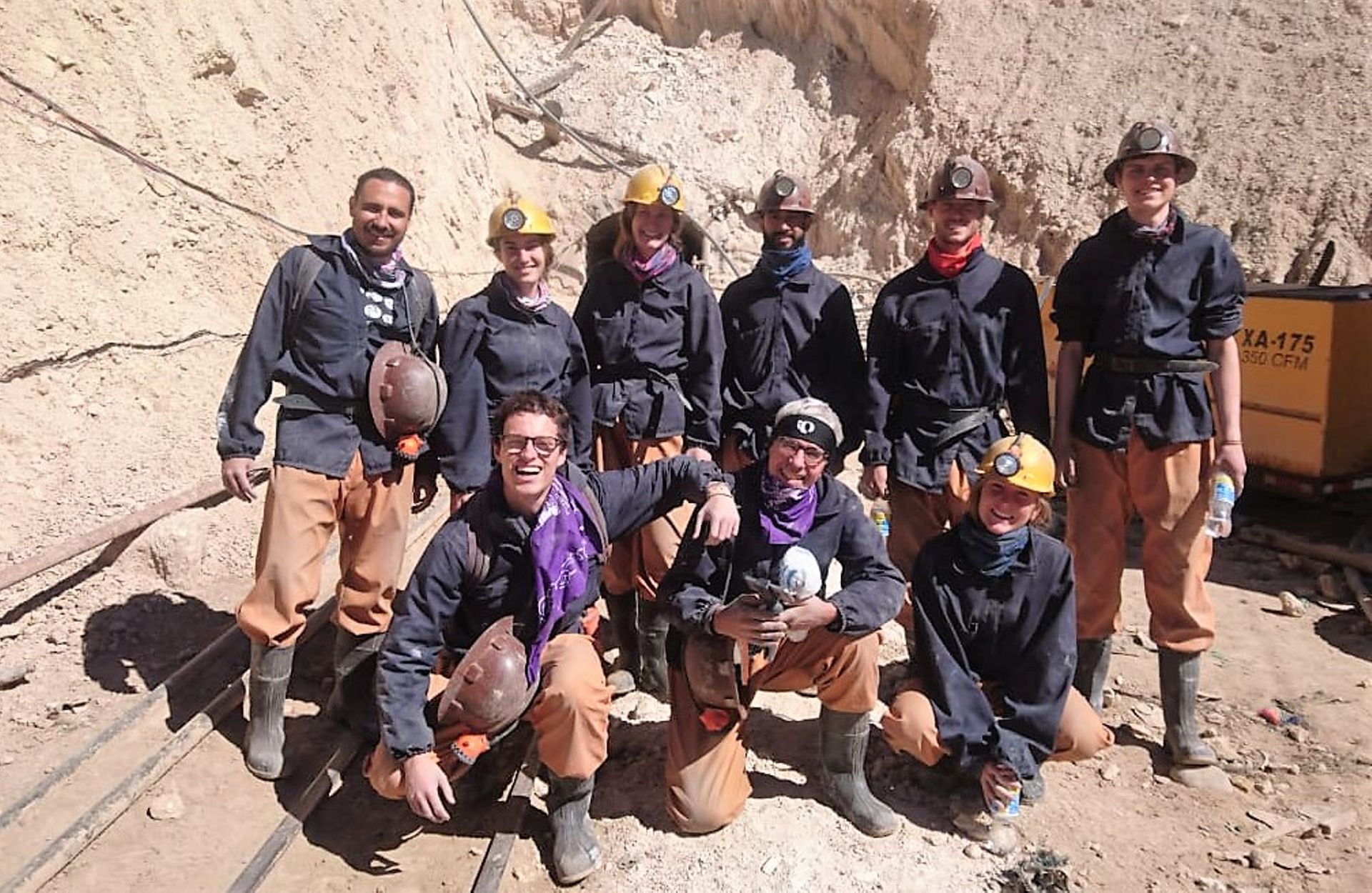
समाचारपत्रको सदस्यता लिनुहोस्
जवाफ
